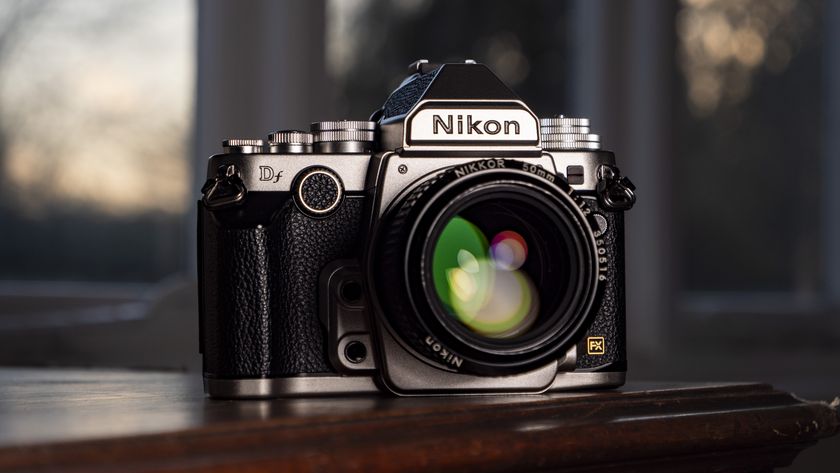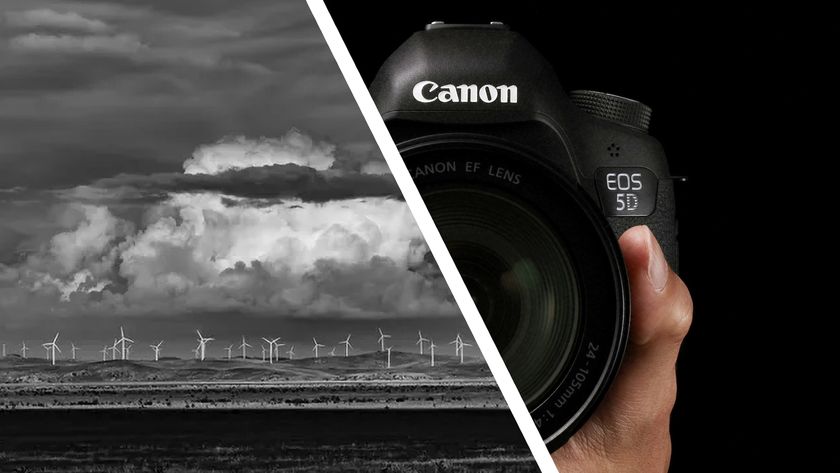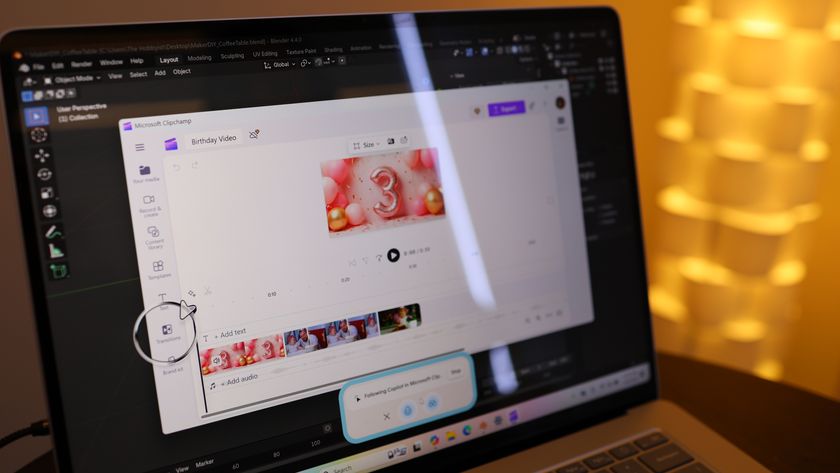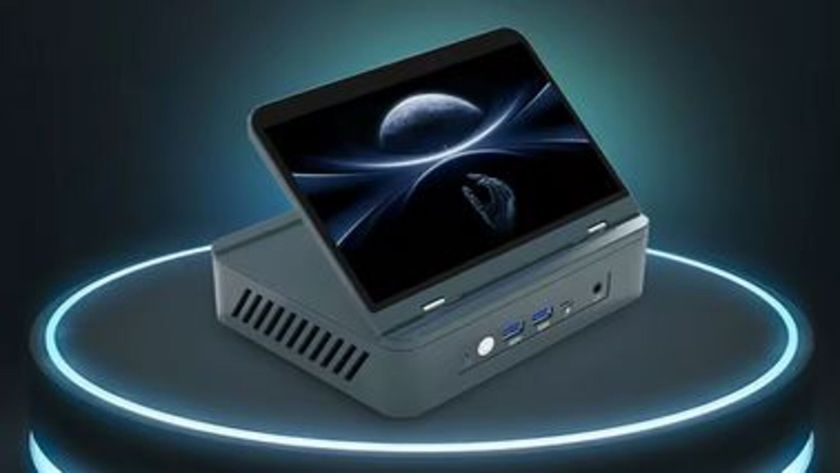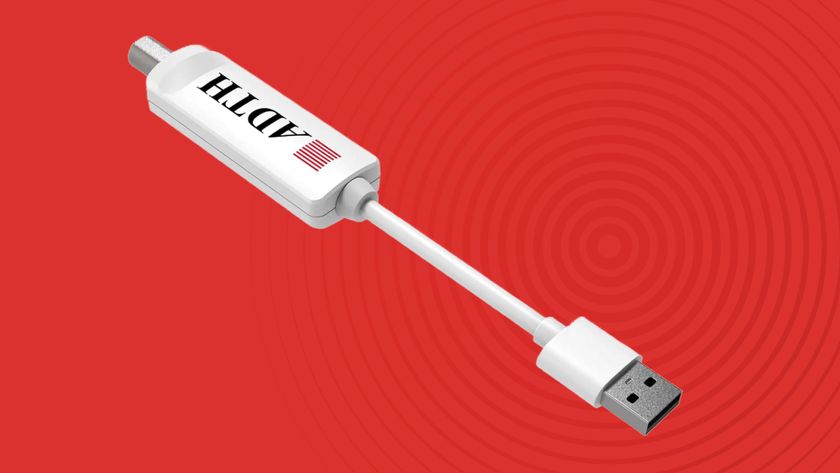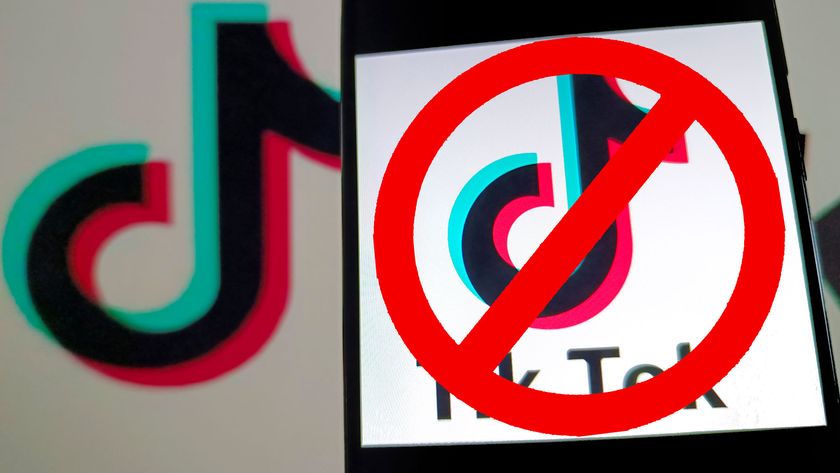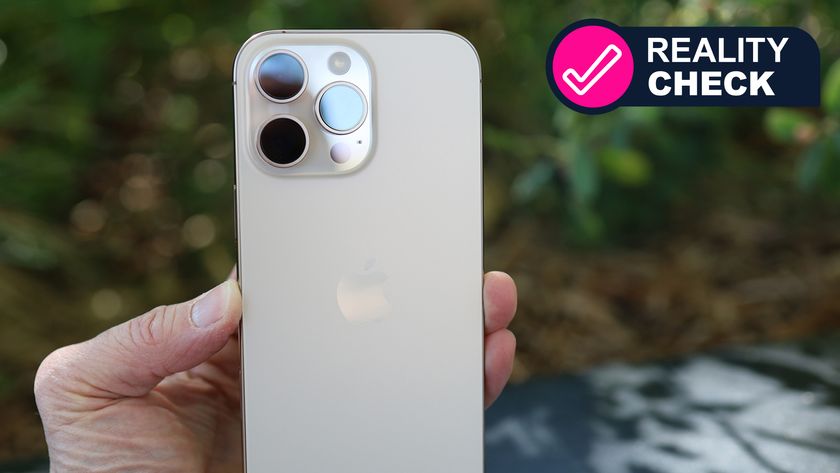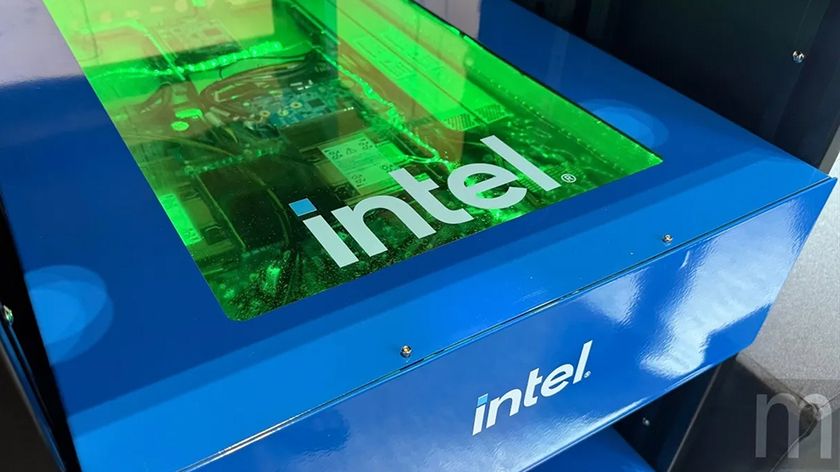Nikon D4 vs. Canon EOS 1DX
New pro cameras go head to head
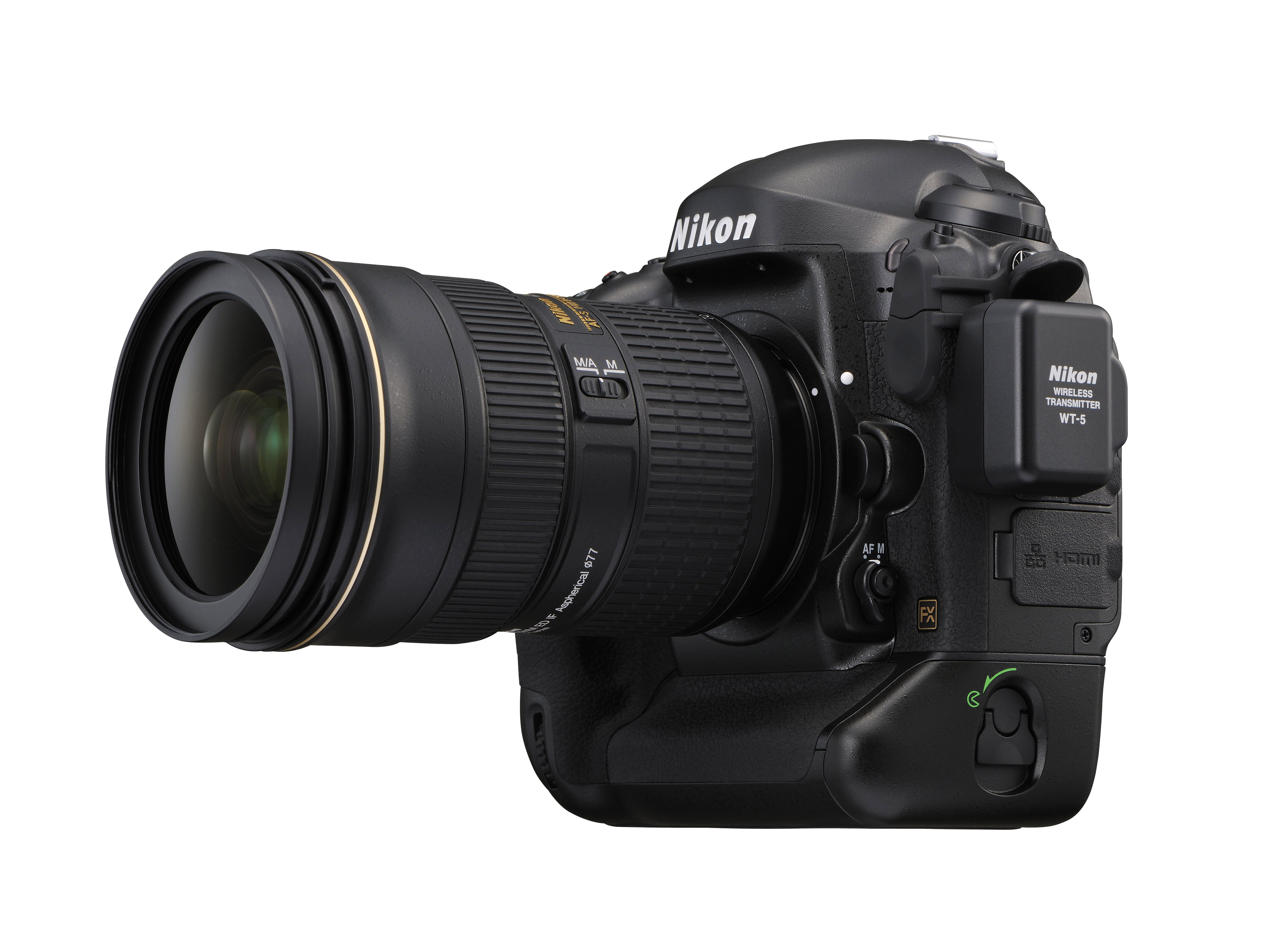
The two heavyweights of the DSLR world, Canon and Nikon, have both announced new professional bodies to be ready in time for the London 2012 Olympics. But, which one is better? We take a look at how the specs sheets compare in this head to head.
Sensor
Canon's 1DX pips the D4 with 18.1 million effective pixels, compared with 16.2 million effective pixels, but both are full-frame.
Users of the Canon 1D Mark IV may miss the 1.3x crop factor which helps get closer to wildlife and sporting action, however Nikon's D4 offers the choice to shoot in DX crop, offering more flexibility when photographing distant subjects. Obviously, as it's a crop, it reduces the pixel count though.
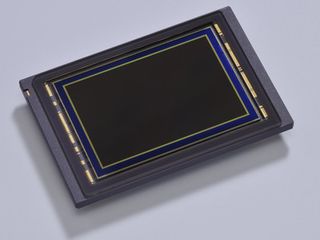
Autofocus capability
Featuring a massive 61 autofocus points, the 1DX again just beats the D4, which has 51. However, again appealing to sports and wildlife photographers, the AF sensors on board the D4 are compatible with apertures down to f/8, meaning that teleconverters which restrict the maximum aperture can still be used with autofocus. Canon's 1DX meanwhile, only works down to f/5.6, meaning many long lenses will not be able to autofocus when used with teleconverters .
Layout
Both cameras have undergone some changes to make the body more ergonomically friendly, with both manufacturers claiming to have consulted professional photographers during the design process.
Canon has redesigned the menu system to make it easier to use, while an extra mini-joystick controller has been added. Nikon, meanwhile, has added two mini-joysticks and made the D4's key control layout identical when it's used in either portrait or landscape orientation. Nikon has also added other nifty features such as button illumination for using the camera in low-light situations.
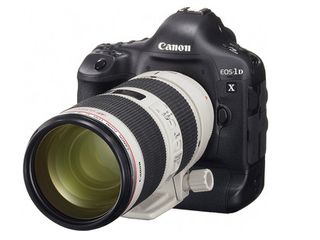
ISO range
We're used to seeing big numbers when it comes to the ISO stakes of big pro cameras.
Get daily insight, inspiration and deals in your inbox
Sign up for breaking news, reviews, opinion, top tech deals, and more.
The standard range of the D4 is 100-12,800, while the Canon's standard range is 100-51,200. Both are expandable up to a whopping 204,800 and interestingly, both the cameras also have the option to expand downwards, to ISO 50, which should appeal to landscape photographers and those looking to use slower shutter speeds.
It seems in this respect, the cameras are pretty much equal.
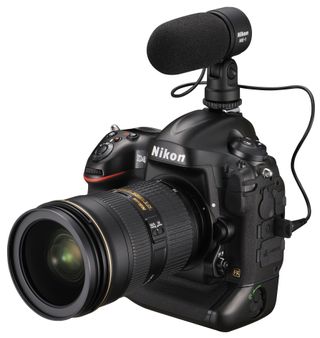
Video recording
Of course, both cameras are equipped with full HD video recording, and Nikon will always be the company that introduced video to DSLR (it all started with the D90). However, it's Canon that seems to have really taken off in the DSLR video stakes, especially with the introduction of the 5D Mark II.
Significant improvements have been made to both cameras in comparison with their predecessors, but Nikon has some interesting features in its D4 video offering. The choice of different formats means that the same lens can be used to produce three different crops and depth of field effects.
Canon claims that the new Digic 5 processor on board the 1DX helps to reduce noise from video, while the camera is now capable of automatically creating a new file once 4GB of video recording has been surpassed.
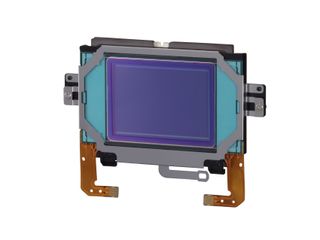
Memory cards
Both cameras are compatible with high-speed UDMA 7 Compact Flash cards, with the 1DX coming with two slots. This is good news for photographers with an existing stash of CF cards, however, the D4 has introduced a slot for the new XDC card format, announced at the end of 2011.
The superfast memory card format boasts speeds up to 125MB/second, and while new cards are at expensive at the moment, the price is likely to go down as time goes on, so it would seem that the D4 is perhaps more "future proof" in this respect than the 1DX.
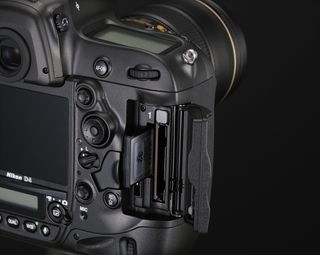
Shooting speed
Aiming the cameras squarely at sports photographers shooting the Olympics, speed is of course the essence. It's the 1DX that wins in the shooting speed stakes, offering a maximum of 14fps on the Super High-speed setting. The D4 meanwhile can shoot at up to 11fps. It's possible that 14fps could make all the difference when attempting to photograph split-second action.
It's worth noting here that exposure and focusing is locked with the first frame on both cameras at the highest shooting rates.
Price and availability
Ah, that old chestnut. Nikon has managed to beat Canon in both price and availability. The D4 comes in at under £5k, while the Canon is almost £300 over it. Furthermore, the D4 will be available up to a month sooner than the 1DX, which may (or may not) sway some people to buy it first.
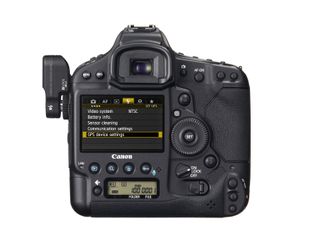
Conclusion
It's a tough one to call as both cameras, as you'd expect, are packed with top-end features that should meet the needs of most professional photographers. However, with a few extra nifty features, including iPad and iPhone wireless shooting capability, the introduction of the new memory card format and the lower price means that if we were forced to choose one at this early stage, it would probably be the Nikon D4.
As the Olympics draw nearer and those on sale dates are passed, it'll be interesting to monitor the uptake of both cameras, watch this space for more news as it emerges.
Amy has been writing about cameras, photography and associated tech since 2009. Amy was once part of the photography testing team for Future Publishing working across TechRadar, Digital Camera, PhotoPlus, N Photo and Photography Week. For her photography, she has won awards and has been exhibited. She often partakes in unusual projects - including one intense year where she used a different camera every single day. Amy is currently the Features Editor at Amateur Photographer magazine, and in her increasingly little spare time works across a number of high-profile publications including Wired, Stuff, Digital Camera World, Expert Reviews, and just a little off-tangent, PetsRadar.

